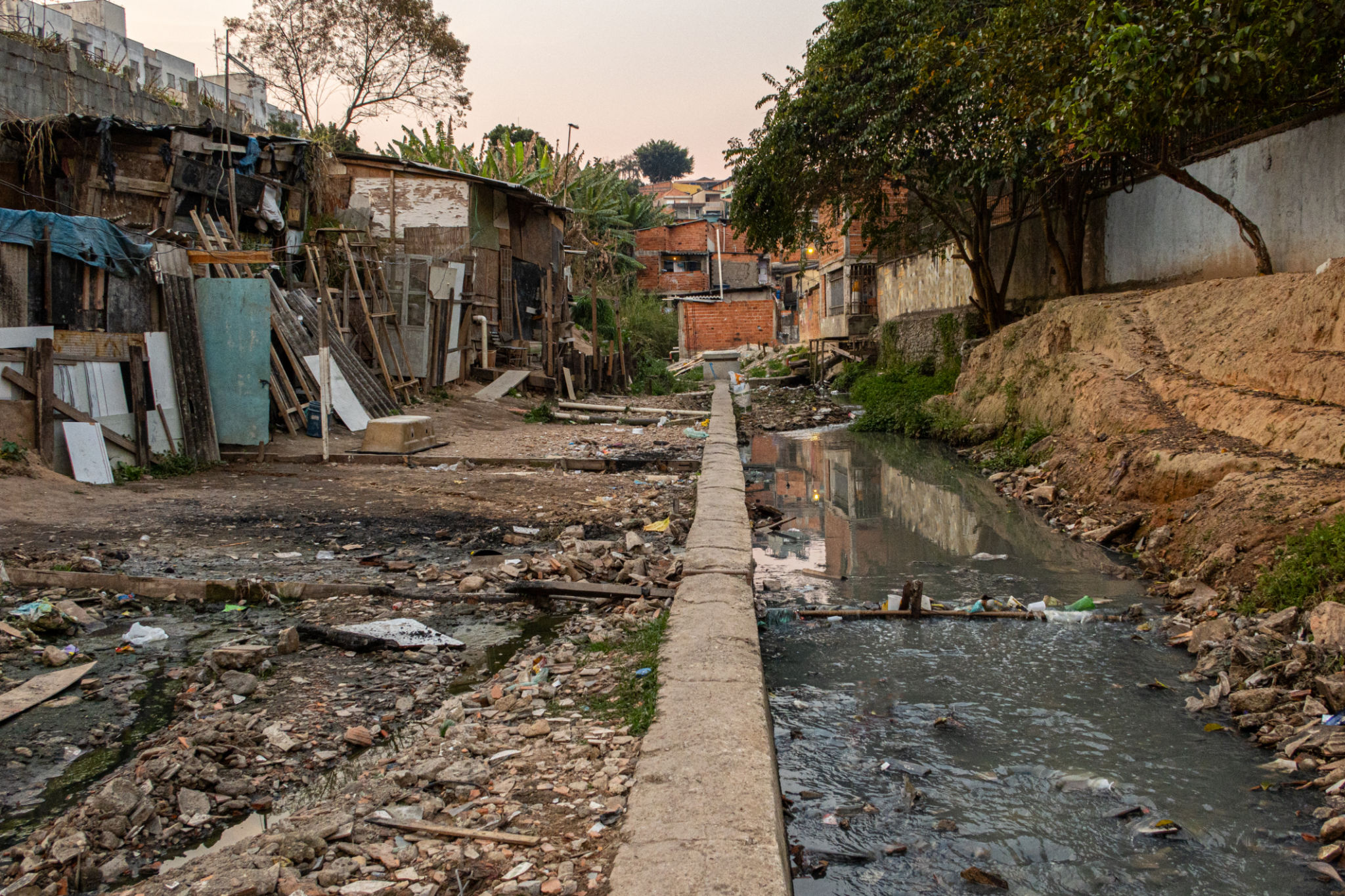Impact of PFAS on Local Ecosystems: What Walton County Needs to Know
Understanding PFAS: A Brief Overview
Per- and polyfluoroalkyl substances, commonly known as PFAS, are a group of man-made chemicals that have been widely used in various industries around the globe. These chemicals are found in products like non-stick cookware, water-repellent clothing, and firefighting foams. Due to their extensive use, PFAS have made their way into the environment, raising concerns about their impact on local ecosystems.
PFAS are often referred to as "forever chemicals" because they do not break down easily in the environment. This persistence leads to their accumulation in water, soil, and living organisms, causing long-term environmental challenges.

PFAS in Walton County: The Current Scenario
In Walton County, residents and environmentalists are becoming increasingly concerned about the presence of PFAS in the local environment. Studies have shown that these chemicals have been detected in water sources, which can have serious implications for both human health and wildlife.
Local water bodies, which provide drinking water and support diverse ecosystems, are particularly at risk. The accumulation of PFAS in these waters poses a threat not only to humans but also to aquatic life, which can absorb these chemicals through their habitats.

Impact on Wildlife and Vegetation
The presence of PFAS in the environment can have detrimental effects on wildlife. Fish and other aquatic organisms that come into contact with contaminated water may experience health problems, including reduced fertility and altered growth patterns. This disruption can cascade through the food chain, affecting birds and other animals that rely on these species for sustenance.
Moreover, PFAS contamination can impact vegetation by altering soil composition and nutrient availability. Plants may absorb these chemicals, which can affect their growth and reproduction. This, in turn, can lead to a decline in plant species that serve as crucial food sources and habitats for local fauna.

Human Health Concerns
The implications of PFAS contamination extend beyond the environment to human health. Ingesting water or consuming food products tainted with PFAS can lead to adverse health effects. Some studies suggest a link between PFAS exposure and various health problems such as cancer, liver damage, and immune system issues.
Residents of Walton County need to be informed about the potential risks associated with PFAS exposure. Public awareness and proactive measures are essential to mitigate these health concerns.

Community Actions and Solutions
Addressing the issue of PFAS contamination requires a collaborative effort from local authorities, environmental organizations, and community members. One effective strategy is the implementation of stricter regulations on the use of PFAS in industrial processes and consumer products.
- Regular monitoring of water sources to detect and address contamination early.
- Promoting the use of alternative materials that do not contain PFAS.
- Educating the public about safe practices to minimize exposure.
Future Outlook
While addressing PFAS contamination is challenging, efforts to reduce their impact on Walton County's ecosystems are underway. Continued research and innovation are essential to developing effective methods for removing these chemicals from the environment.
The commitment of local communities and stakeholders to protecting Walton County's natural resources will play a vital role in ensuring a healthier future for both residents and the environment.
By staying informed and taking proactive measures, Walton County can work towards minimizing the impact of PFAS on its ecosystems, safeguarding its natural beauty and biodiversity for generations to come.